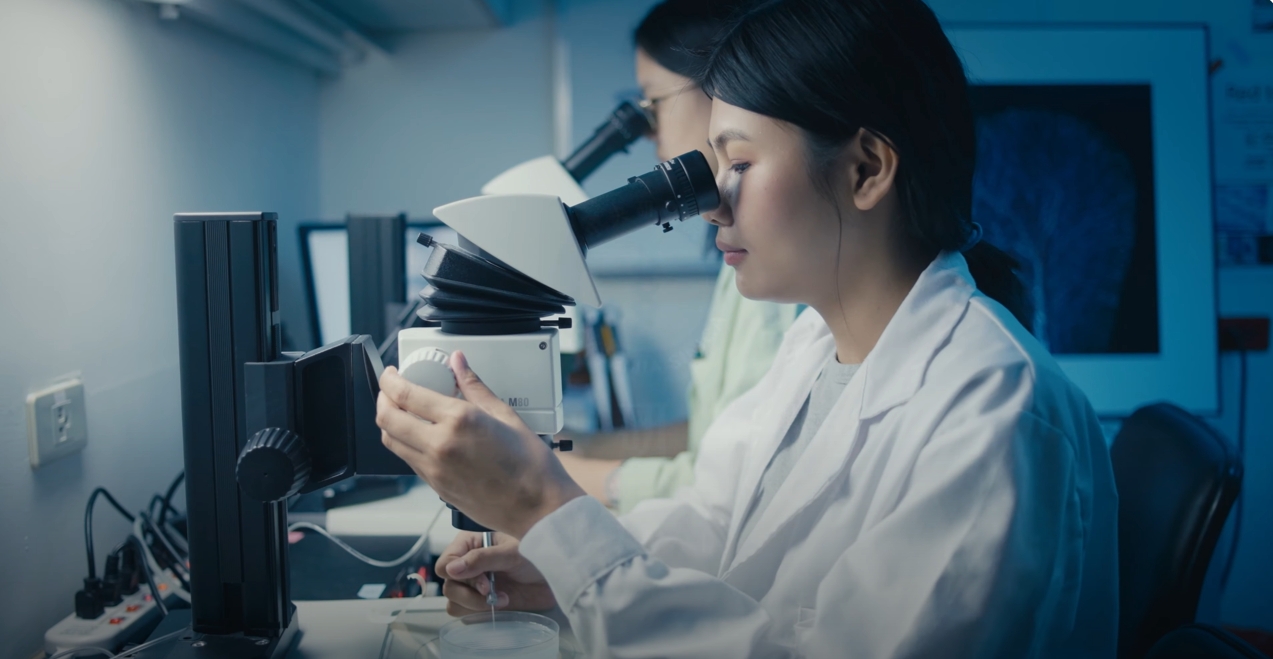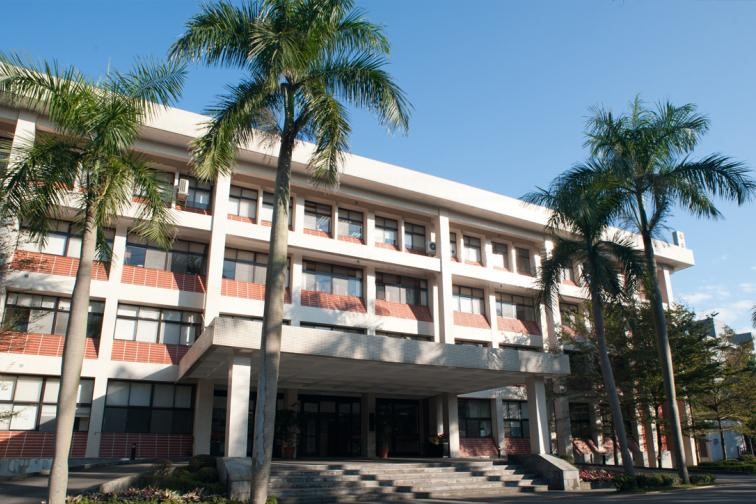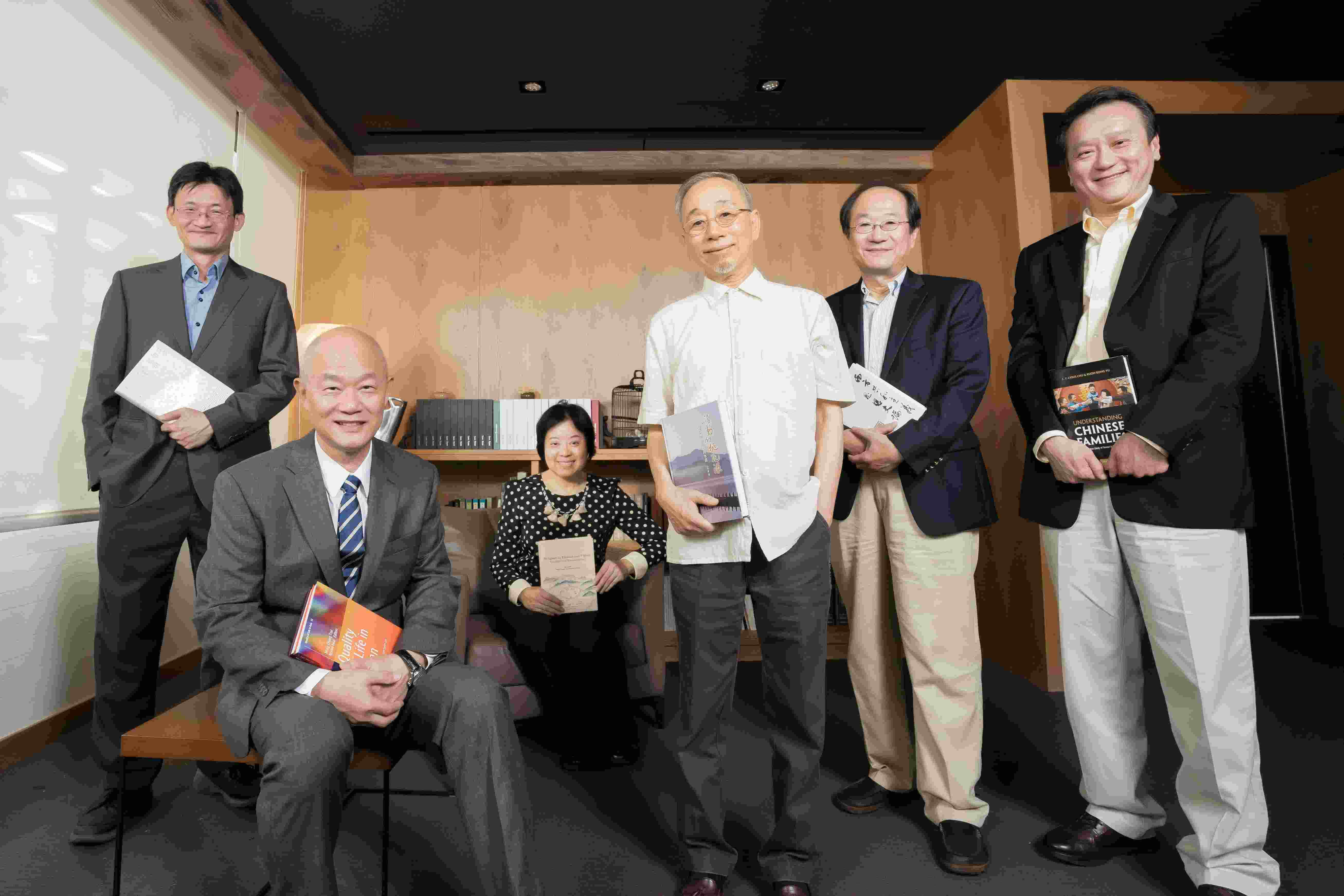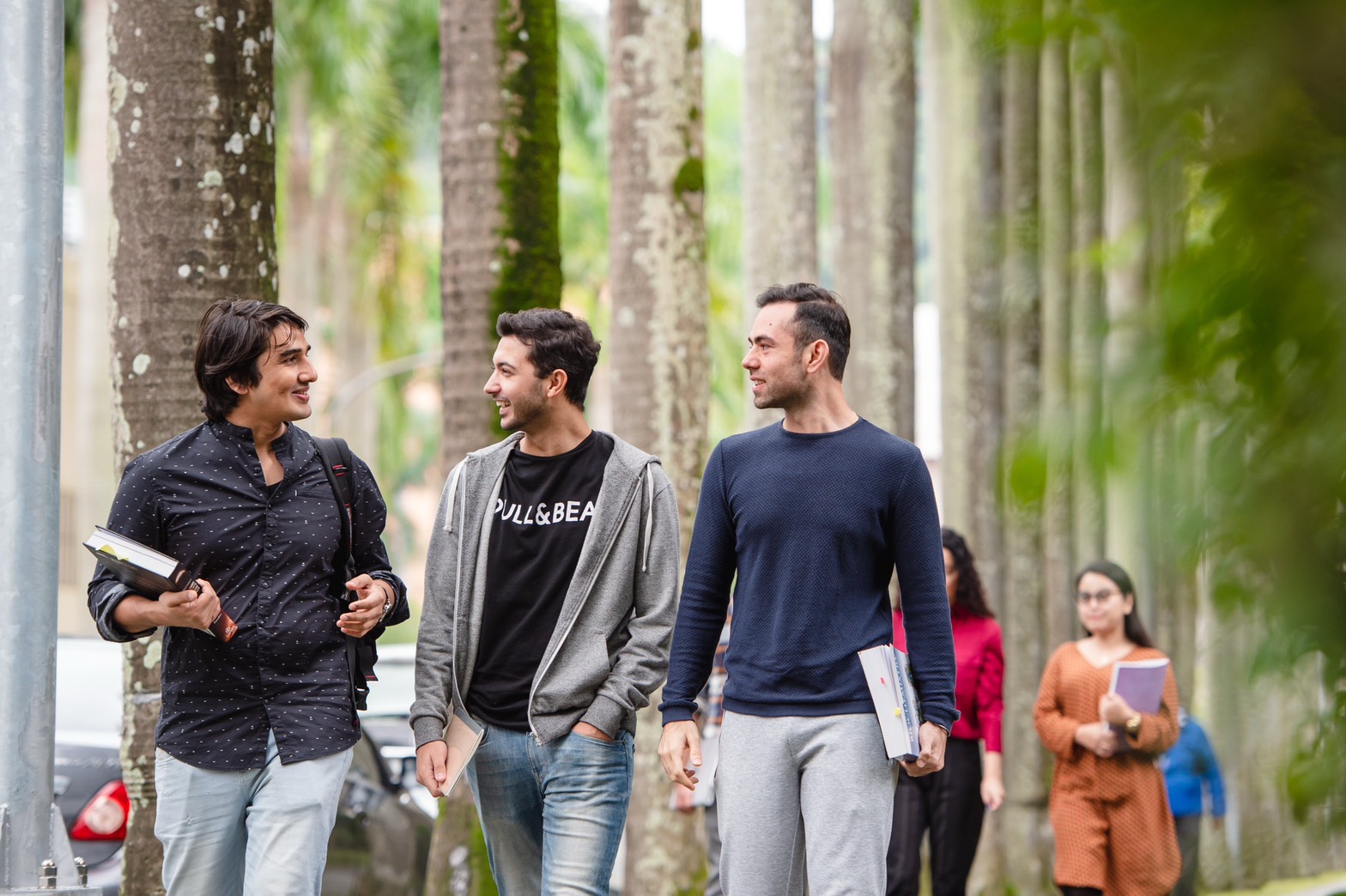- 演講或講座
- 生物醫學科學研究所
- 地點
生醫所地下室B1C演講廳
- 演講人姓名
李彥莉博士
- 活動狀態
確定
- 活動網址
The interplay between host and viral proteins profoundly influences viral pathogenesis. At the forefront of our immune defenses against HIV-1 are the host restriction factors, like TRIM5 and APOBEC3 (A3), each deploying distinct mechanisms to hinder HIV-1 replication. TRIM5, an E3 ubiquitin ligase, counteracts viral activity by recognizing retroviral capsids and inhibiting reverse transcription. Despite its pivotal role, the structural mechanism of how TRIM5 engages with retroviral capsids, which exhibit conformational variability, remained elusive. Addressing this gap, we pioneered methods for preparing recombinant TRIM5 proteins and hyperstable HIV-1 cores, significantly aiding in the visualization of TRIM5 interaction with capsids. Through cryo-electron tomography and structural analyses, we unveiled that TRIM5 assembles into a hexagonal net on HIV-1 cores, a feature conserved across primate species. Turning to A3, this host cytosine deaminase impedes HIV-1 replication by introducing deleterious mutations into the viral genome. For this to occur, A3 must interact with viral genomic RNA and be packaged into viral particles. To subvert A3 antiviral function, HIV-1 employs its Vif protein to co-opt the cellular Cullin RING ubiquitin ligase 5 (CRL5) complex, leading to the degradation of A3. However, understanding how this tug-of-war plays out at the molecular level has been lacking. Here, I present the first cryogenic electron microscopy structure of human APOBEC3G (A3G) associated with HIV-1 Vif and multiple cellular components of the CRL5 E3 complex. Our structure reveals a direct Vif-A3G contact that explains the evolutionary arms race occurring within the Vif-A3G interface. Additionally, we identify RNA as the molecular glue bridging A3G and Vif, which suggests a model wherein Vif intercepts the RNA-A3G complex before its incorporation into a virus, a clever maneuver to thwart A3G restriction. This finding reshapes our understanding of HIV-1 evasion strategies, underlining the evolutionary ingenuity that HIV-1 has developed to bypass host defense mechanisms. My future research endeavor will continue to explore the structure-function relationship of host and viral proteins, with particular attention to HIV-1 and SARS-CoV-2. Key areas of interest include the role of E3 ubiquitin ligases in modulating host-virus antagonism and the bifunctional aspects of A3 in both virus restriction and cancer mutagenesis, given that A3 represents the largest enzymatic source of cancer mutation. By synergizing these research avenues, the work aims to provide a comprehensive understanding that could foster innovative therapeutic strategies.









 首頁
首頁

